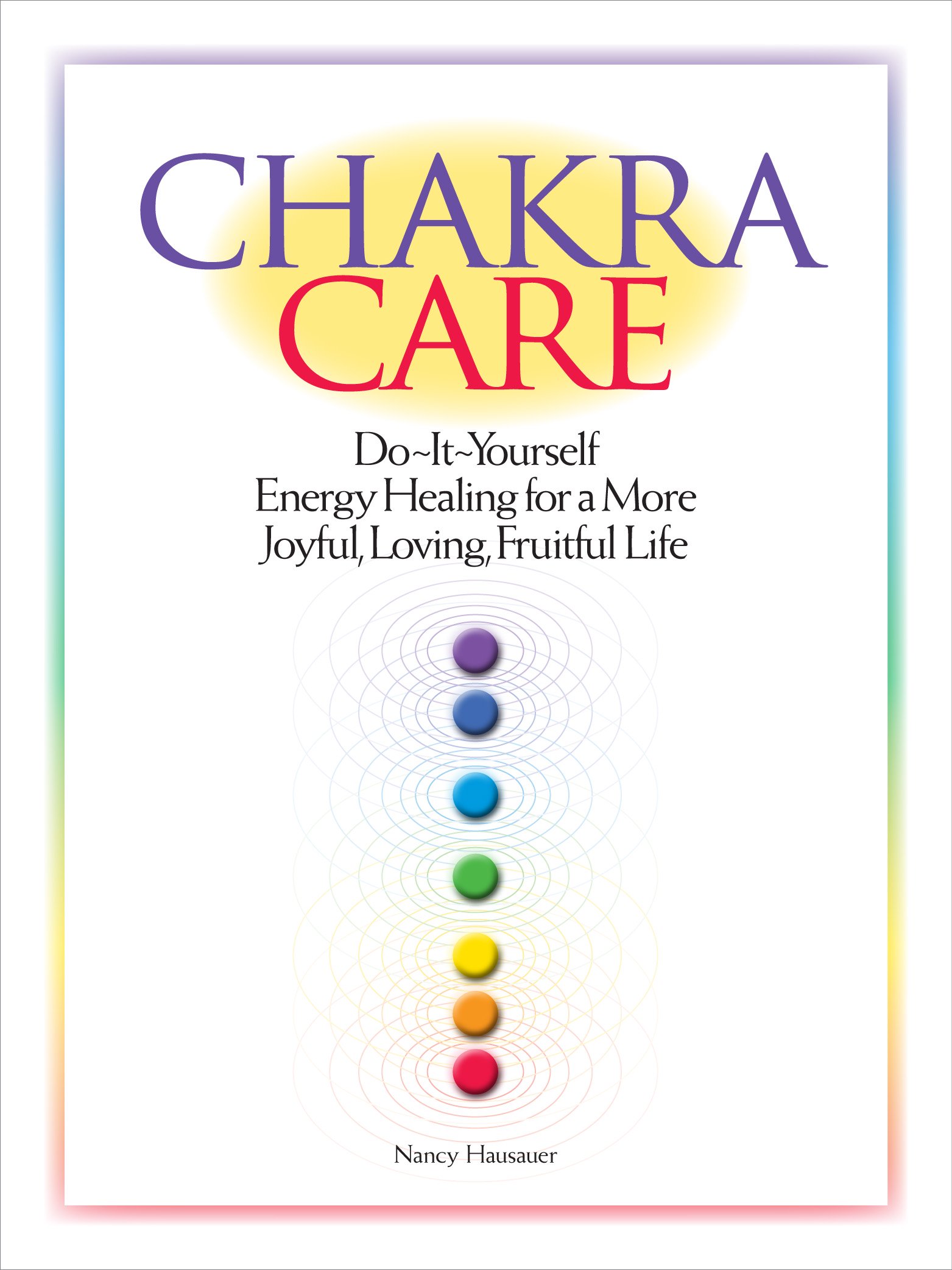Mind Body Healing:
How Do You Think About Your Body? It's Important
Mind body healing--the powerful connection between our minds and our bodies--is a phenomenon validated by science. Most of us have experienced it personally as well. But how can we harness that amazing power for health and harmony? Below you'll find a mind-stretching exercise for doing tha

The Physical Body
The physical body is often overlooked as part of the human energy field. But everything is energy, and that means that the physical body is energy, too. The physical body is denser than other parts of the energy system, but it's still an integral part of the energy field. The physical body has many correlates or "bridges" to energy anatomy. The glands of the endocrine system, for example, correlate to the chakras.
The physical body is created and sustained by the more subtle aspects of the energy system, rather than the other way around. Problems in the material body start in the subtler bodies, crystallizing in the physical body if they're not addressed.
You can affect your physical body by making changes in more subtle aspects of your energy. One way you can do this is by working with the energy of your mental body: your thoughts and beliefs. Specifically, you can affect your physical body by changing unconsciously held metaphors that you hold about it. This is a form of mind body healing.
What Is A Metaphor?
Metaphors are figures of speech that make complex concepts easier to
understand. This sounds complicated, but we actually use them all the
time.
Metaphors make a comparison between two words that are not
very much alike. But although the comparison is not literally true or
accurate, the comparison helps increase insight or understanding about
the original word or phrase.
The line from the famous Robert
Burns poem "My love is a red, red rose" is an example of a metaphor.
Obviously, the speaker's girlfriend isn't actually a red rose, but
linking the idea of her/his love to a red rose, the speaker is telling
us that s/he is beautiful, colorful, soft and so on. Yeah, the speaker
could just say "My love is beautiful and his/her cheeks are rosy (hey,
there's another metaphor!)," but that's not as rich an expression.
Although
we tend to think of metaphors as something used in poetry or fine arts
literature, we use metaphors all the time in daily speech, in fact so
often that we may not even be aware we're using them. "The freeway's a
parking lot, I'm gonna be late." "You've been a real couch potato." "The
mall was a zoo today." "I'm spending too much time on this.
The Power Of The Unconscious Metaphors We Hold About Our Physical Bodies
We hold metaphors in our minds about many things, including the physical
body. These metaphors shape how we think of and react to these things.
University of California at Berkeley linguist George Lakoff posits that
we don't simply talk with metaphors, we think and perceive with them. And
to a large degree, as our thoughts and perceptions go, so our lives go.
Metaphors are especially likely to shape and influence our
thoughts and perceptions when they are unconscious--and many of them
are.
At this point in Western culture, the culturally/medically
dominant metaphor for the body is a machine, with the brain as an
advanced machine, a computer. It's so common that we use it without even
thinking about it. In other words, it's unconscious. What impact does
this have? I'd argue that on a societal level, it shapes our entire
medical system. That's pretty powerful.
Other common metaphors in
Western culture are body as prison; as temple or vessel for the soul;
as dumb, brute beast; as slave for the mind; and as a tool for evil.
Each metaphor seems to involve a hierarchy, with the body below—far
below—the mind.
Those kinds of metaphors about our bodies
affect us—not just psychologically, but physically, too. How so? It goes
even beyond creating our own reality through our thoughts and
perceptions. Our minds and bodies are so inextricably linked that
they're impossible to separate. Modern science supports this view. For
example, as the renowned neurologist Candace Pert has said,
"Consciousness is a global phenomenon that occurs everywhere in the
body, not just in our brains."
Thinking of our bodies as
machines, or as any of the other negative images that our culture
favors, demeans and diminishes not only their sacredness, but also their
ability to use their vast wisdom and intelligence to rebalance and heal
themselves. When we let go of demeaning and devaluing metaphors for our
bodies and replace them with positive and uplifting ones, it helps us
tap into these near-miraculous powers of self-restoration.
Working With The Power Of Metaphor and Mind Body Healing
So what can you do to work with these mind-body healing principles?
First, I
strongly encourage you to become conscious of the metaphors you use for
your body and to evaluate whether they are serving you by helping you
heal, stay healthy and enjoy your body.
Second, I encourage you
to empower yourself by experimenting with other metaphors for your body. I
think of my body as sacred, conscious, wise and capable of healing and
re-balancing itself. Here are some other freeing, empowering, and/or
interesting mind-body healing "lenses" through which to view your body:
- as a river of energy or light
- as spirit
- as a pathway for evolution and enlightenment
- as a form of energy
- as information made tangible
- as a gateway to more subtle aspects of self (energy)
- as a source of wisdom
- as a wise ally and protector
- as fluid and changeable
- as inseparable from mind, imbued with consciousness
- as fully conscious, even down to the cellular level
- and whatever else you can think of.
The main point is to take charge of how you view your body. Be conscious about the metaphors you employ about it.
You
can use this enlightening approach in every part of your life, but your
own honest, wise friend, your body, is a good place to start. (And did
you notice how I slipped that positive, affirming metaphor in?!)
Go from Mind Body Healing: Harnessing The Power of Metaphor to Human Energy Field main page.

Interested in learning more about energy, energy healing, and the chakras? Try my book, Chakra Care: Do-It-Yourself Energy Healing for a More Joyful, Loving, Fruitful Life. You'll learn
to clear, nurture and support your chakras with 500 fun, down-to-earth
activities. A user-friendly, practical guide, available as a paperback
or Kindle. Learn more or buy it here.